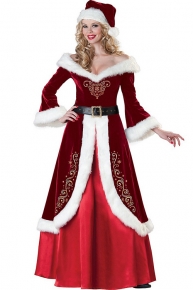Are We Scared Yet?
The history of this pagan ritual comes from Celtic beliefs of the 16th Century, and the festival of Samhain, celebrating the end of the ‘lighter half’ of the year (or Summer) – and to ward off the threat posed by the beginning of the ‘darker half’ (or Autumn/Winter) of the annual cycle. So here is the first anomaly – our seasons in Australia and the Southern hemisphere are the direct opposite of those experienced by our Northern counterparts.
The wearing of wholesale Christmas costumes and masks were intended to ‘frighten off’ evil spirits that could curse and bring great harm (even ruin) to the supplies of grain and meat that had been carefully harvested and stored for the coming Winter. Even branches from the burning bonfires were used to light household fires to bring good fortune and protection to each family – and often, two bonfires would be lit, so the people could walk between them, as a ritual that would cleanse them from harm.
The carving of pumpkins with frightening ‘faces’ developed in America following the Great Famine in Ireland, and subsequent large-scale immigration from that country to the ‘New World’ of impoverished people who had lost almost everything – except their hopes and dreams for a better future. The tradition of the carving itself, and the lit candle inside the pumpkin evolved from the Celtic tradition of hollowing out large turnips, carving faces, placing a lit candle inside, and placing the turnips in their cottage windows to discourage – and even prevent – the dark spirits that may otherwise have visited, and cursed the home and the family – and all its provisions designed to get them through a bleak and unforgiving season ahead.
Then there is the tradition behind ‘trick or treat’ – where today, children go from door to door demanding sweets or money – or else a ‘trick’ or mischief will be visited on the homeowner. This ‘tradition’ dates back to medieval times when the poor would go begging for food – in return for prayers for the dead of each home. A later development was North American children visiting nearby commercial and private premises and being ‘rewarded’ with nuts and candies for performing rhymes and songs.